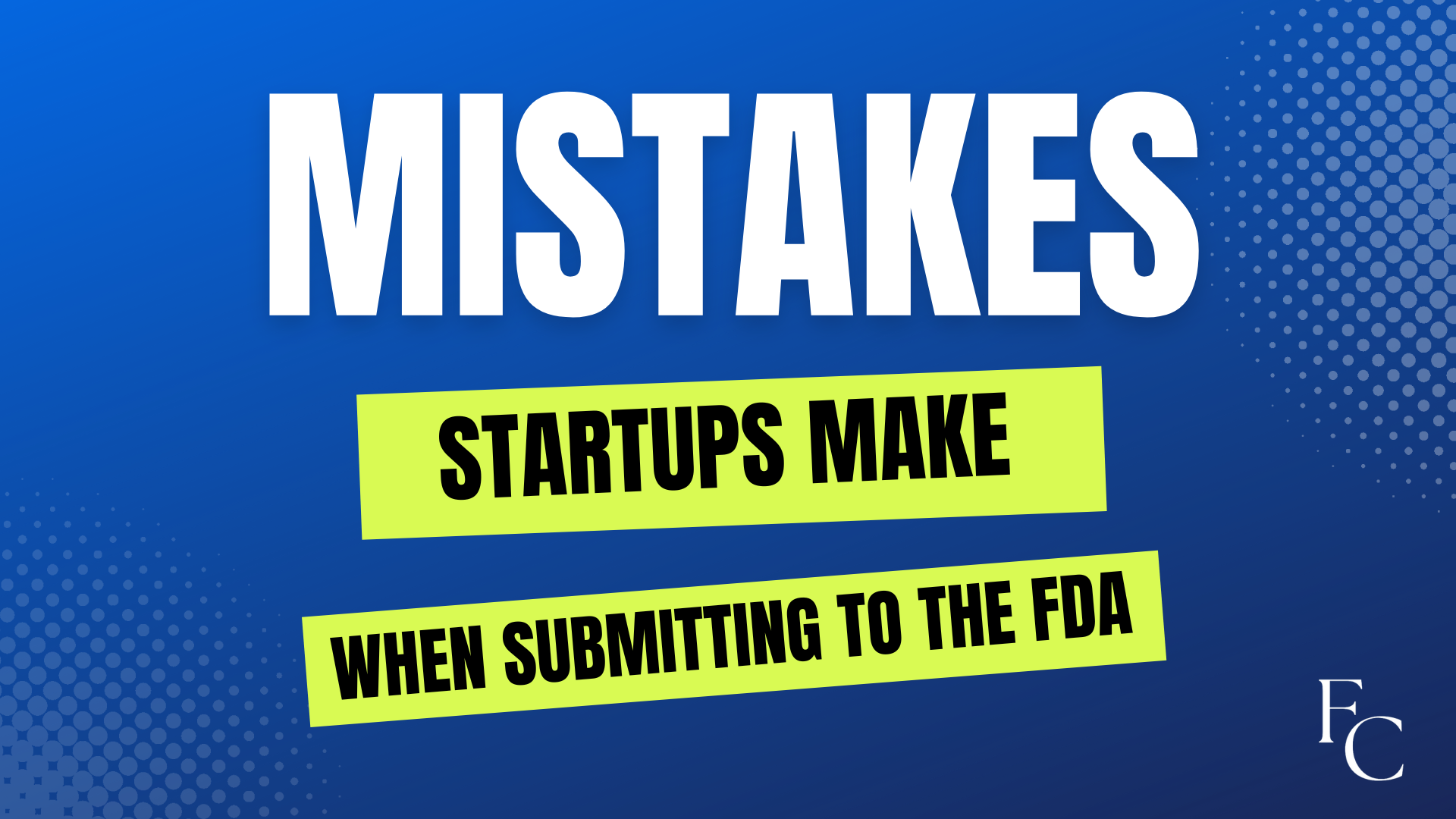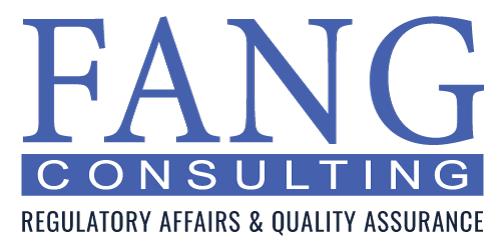
While medical device startups may have innovative ideas and technologies, they face significant hurdles in obtaining regulatory approval compared to well-established corporations. Some of these challenges are due to the complex and stringent nature of the regulatory environment, resource constraints, and regulatory inexperience. Throughout my thirty-year career in the device space, I’ve worked with hundreds of startups and have compiled a few costly mistakes companies should avoid making.
First Mistake: Not Involving a Regulatory Affairs Professional in the Early Development Stages
Developing a medical device without regulatory affairs input often leads to a delayed launch and increased costs. The complexity of the US FDA and EU regulations and standards can be confusing to startup companies. Regulatory affairs professionals can give you guidance on the eventual classification of your device, which defines the level of documentation required to obtain approval. Identifying and mitigating risks early in the development process is also essential for ensuring the safety and efficacy of the medical device. Regulatory affairs professionals can help assess regulatory risks associated with the device’s design, intended use, manufacturing processes, and clinical data requirements. We advise clients to check in with regulatory professionals early and often when designing a new medical device.
Second Mistake: Underestimating the Cost of Bringing a Medical Device to Market
The costs associated with bringing a medical device to market are substantial. Depending on the device’s risk classification, companies can expect to spend hundreds of thousands, if not millions, of dollars as they take their device from concept to clearance. Understanding the costs associated with regulatory compliance, product development, manufacturing, clinical trials, and marketing allows manufacturers to create realistic budgets and secure adequate funding.
Companies risk underestimating their financial needs without a clear understanding of these expenses, leading to funding shortages and delays in product development or market entry. Cost estimation provides insight into potential financial risks associated with the development and commercialization process. Manufacturers can identify areas where costs may exceed projections and develop contingency plans to mitigate financial risks. Additionally, understanding the cost implications of regulatory requirements helps companies assess the feasibility of bringing their device to market within budgetary constraints.
Third Mistake: Overly Broad or Unsubstantiated Claims
The US FDA and EU regulatory body require medical devices to undergo rigorous testing and evaluation to ensure their safety and effectiveness. The Indication for Use for the device must be focused and accurate. Making your Indication for Use overly broad risks rejection from your approval authority. We often advise clients to apply for a narrow indication on their first submission and then expand that indication on subsequent submissions.
Making exaggerated or unsupported claims about a medical device’s capabilities raises concerns. Marketing material must balance a fine line between “fluffery” and unsubstantiated claims. Off-label usage does occur, but device manufacturers are prohibited from marketing a device for any use other than the approved Indication for Use. Engaging in misleading marketing practices undermines the ethical responsibility healthcare providers uphold and can harm patients by promoting ineffective or unsafe treatments. Making multiple unsubstantiated claims about a medical device can have severe consequences for startup companies, including regulatory sanctions, legal liabilities, damage to reputation, market rejection, loss of investor confidence, and ethical concerns. Startups must prioritize transparency, integrity, and evidence-based communication when promoting their products in the healthcare industry.
Fourth Mistake: Weak Document Control and Quality Management System
The US FDA and the EU regulatory body require medical device manufacturers to establish and maintain robust quality management systems (QMS) to ensure the safety and effectiveness of their products. A weak QMS can lead to non-compliance with regulatory requirements, potentially resulting in delays in product approval or market withdrawal. Document control and QMS are essential for maintaining the integrity of critical documents, such as design specifications, manufacturing procedures, and quality records. Without effective document control, companies risk using outdated or incorrect documents, which can compromise the safety and efficacy of the medical device.
A weak QMS may also lead to inconsistencies in product quality and performance. Document control and QMS are crucial in identifying, assessing, and mitigating risks associated with developing, manufacturing, and distributing medical devices. Inadequate document control makes it difficult to track changes and updates, increasing the likelihood of errors or deviations that could pose risks to patient safety. A weak QMS may also result in inadequate risk management practices, leaving the startup vulnerable to potential hazards and liabilities.
Traceability is essential in the medical device industry to ensure accountability and facilitate recalls or corrective actions when necessary. A robust document control system enables the startup to track the history and status of documents throughout their lifecycle, including revisions, approvals, and distribution. Without proper document control, tracing the origin and handling of critical documents becomes challenging, impeding the ability to effectively address quality issues or regulatory inquiries.




